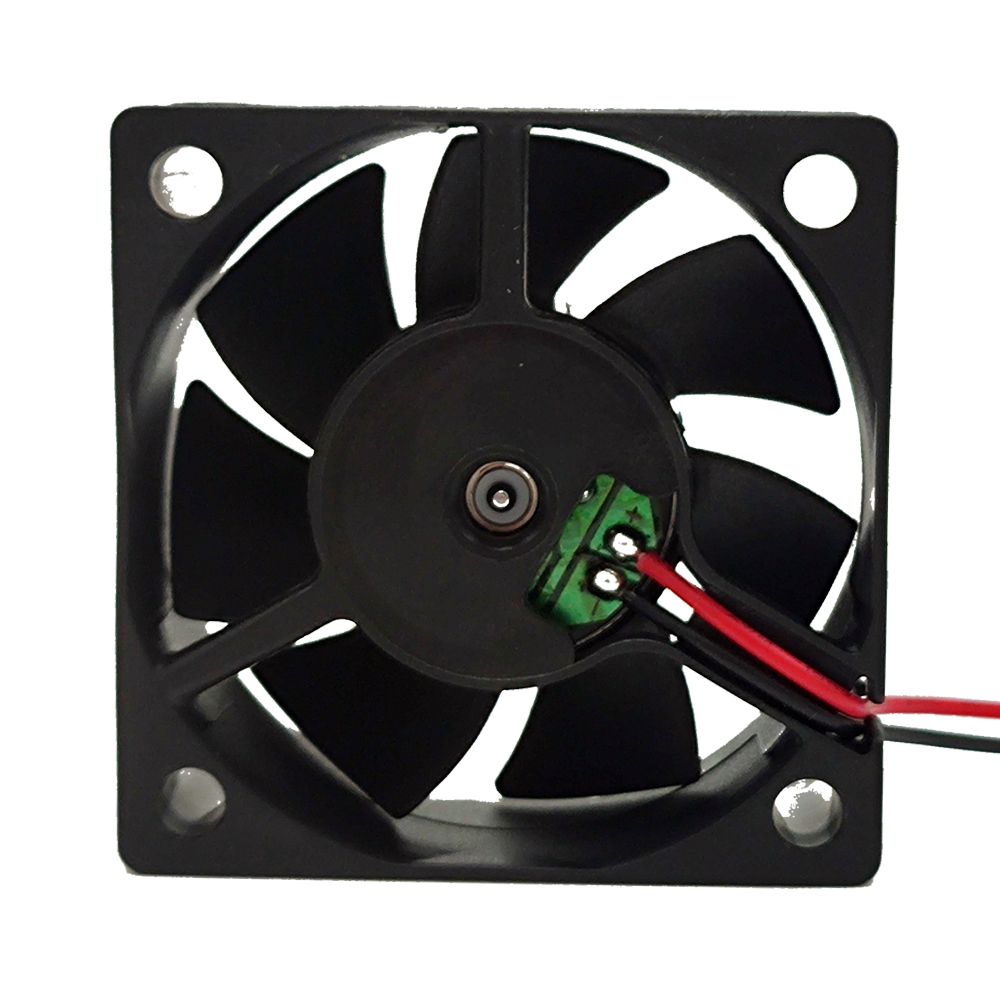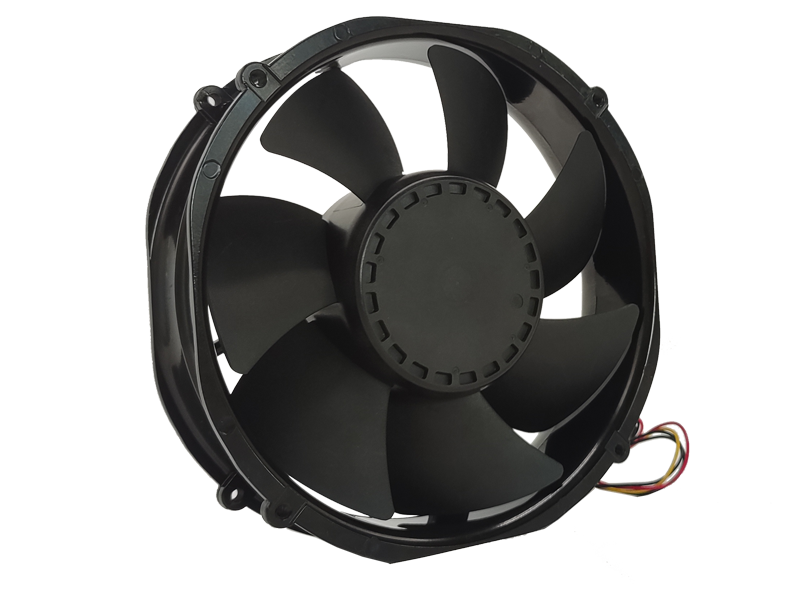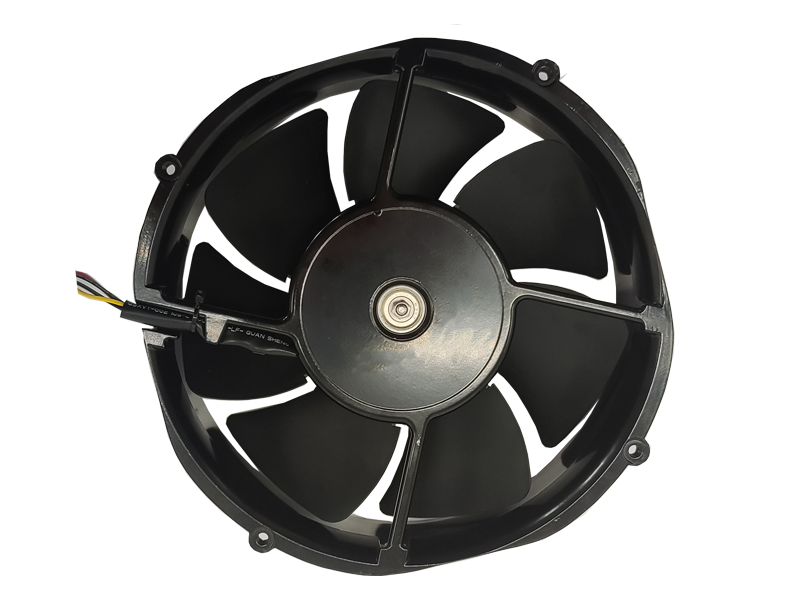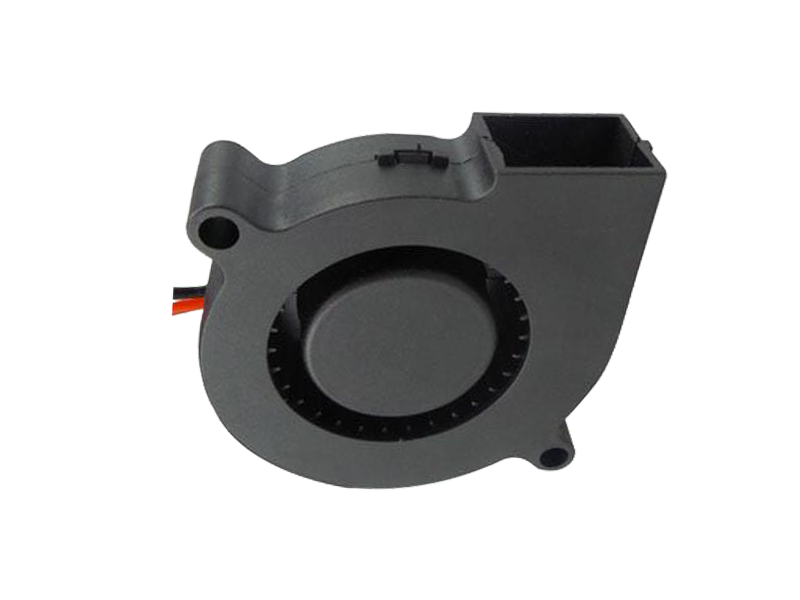In commercial and manufacturing environments, comfort and productivity are closely linked. Ensuring that employees are working in a safe and comfortable environment not only improves worker well-being but also enhances overall productivity. Industrial fans are key players in achieving this balance. By regulating air quality, controlling temperatures, and improving air circulation, these fans help create optimal working conditions. This article will explore how industrial fans contribute to maximizing productivity and comfort in commercial and manufacturing sectors, focusing on design innovations and industry applications.
1. Enhancing Comfort and Air Quality
One of the primary roles of industrial fans in commercial and manufacturing sectors is maintaining a comfortable and healthy indoor environment. Poor air quality and uncomfortable temperatures can significantly impact worker performance and lead to health issues such as heat stress, fatigue, or respiratory problems. Industrial fans provide the necessary ventilation and cooling to combat these issues, ensuring that the workplace is conducive to productivity and well-being.
Temperature Regulation: In large manufacturing facilities, temperature regulation is a key concern. Equipment such as machines and production lines generate heat, and without proper cooling, temperatures can rise to uncomfortable or even unsafe levels. Industrial fans help maintain a consistent and comfortable temperature, ensuring that employees are not exposed to excessive heat and that equipment operates efficiently.
Ventilation and Air Circulation: Poor air circulation in a commercial or manufacturing setting can lead to stagnant air, dust accumulation, and the buildup of harmful gases. Industrial fans help circulate fresh air throughout the facility, improving air quality by removing pollutants, fumes, and dust particles. In some environments, such as food processing or pharmaceutical manufacturing, industrial fans are also used for contaminant control to meet stringent hygiene standards.
2. Improving Productivity and Efficiency
In addition to enhancing comfort, industrial fans contribute to productivity by creating a more efficient work environment. Proper ventilation and temperature control allow employees to focus on their tasks without being distracted by heat or discomfort. Fans are also crucial in ensuring that machinery and equipment continue to operate at optimal performance, preventing overheating and reducing the risk of downtime.
Energy-Efficient Fans for Cost Savings: As energy costs continue to rise, energy-efficient industrial fans have become a key investment for companies looking to reduce their operational costs. Fans equipped with variable frequency drives (VFDs) can adjust fan speeds based on demand, reducing energy consumption when full airflow is not required. This can lead to significant savings on energy bills, making industrial fans a cost-effective solution for improving productivity and comfort.
Noise Reduction: In many manufacturing environments, noise can be a significant issue, with high noise levels impacting worker concentration and health. Advances in fan design, such as the use of quieter motors, optimized blade shapes, and noise-dampening materials, help reduce fan noise. Lower noise levels contribute to a more comfortable and productive environment, where workers are not distracted or fatigued by loud machinery.
3. Design Innovations for Modern Industrial Fans

The design of industrial fans has evolved significantly to meet the needs of modern commercial and manufacturing environments. These fans are now equipped with advanced features that improve both performance and comfort, contributing to greater overall productivity.
Smart Fans: Modern industrial fans can now be integrated with smart control systems that allow for real-time monitoring and adjustment of airflow. These systems can optimize fan speeds based on factors such as temperature, humidity, and air quality, ensuring that the workplace is always maintained at the ideal conditions for comfort and productivity.
Modular and Compact Designs: Industrial fans are increasingly being designed in compact and modular formats, allowing for easy installation and maintenance in tight spaces. This modular design also allows businesses to scale their ventilation systems as needed, adding more fans or components without major disruptions to operations.
Corrosion-Resistant and Durable Materials: In manufacturing environments where fans are exposed to harsh conditions such as heat, moisture, and chemicals, the materials used in fan construction must be durable and resistant to corrosion. Many industrial fans are now made from high-quality stainless steel or coated with protective materials to ensure long-lasting performance even in the most demanding environments.
4. Conclusion
Industrial fans are essential tools in creating comfortable, productive, and efficient work environments in both commercial and manufacturing sectors. By enhancing air quality, regulating temperature, and improving air circulation, these fans ensure that employees can work safely and effectively. With advancements in energy efficiency, smart technology, and noise reduction, industrial fans continue to evolve, offering even greater benefits to businesses looking to maximize productivity and comfort.
Recommended Products

The main purpose:Car charging station

The main purpose:Car charging station

The main purpose:Electronic refrigerators, water dispensers, direct drinking machines, inverter power supplies
Address:No. 4137, Longgang Avenue (Henggang Section), Henggang Community, Henggang Street, Longgang District, Shenzhen
hotline:13530005572(Chen)15112579390(Li)


Welcome all friends to come for consultation and negotiation.
Copyright 2024 @ Shenzhen Youneng Xinyuan Electronics Co., Ltd.,(industrial fans,industrial blowers,axial fans,cooling fans manufacturer,centrifugal fans,ac cooling fans,dc cooling fans)